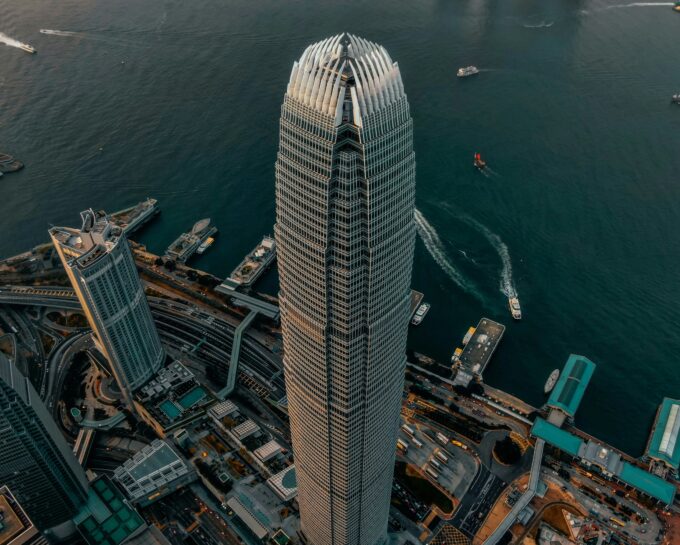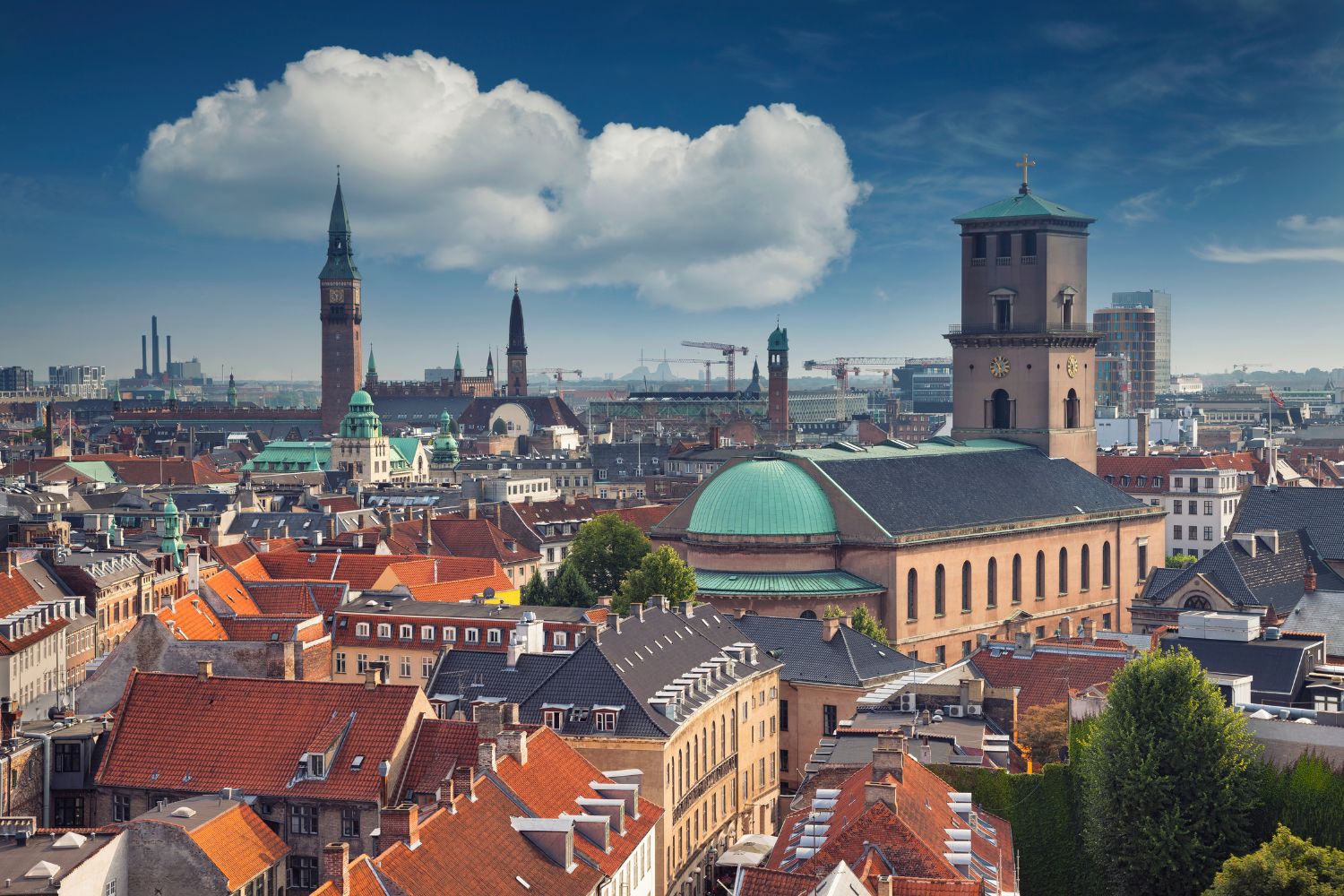- Home
- Articles
- Architectural Portfolio
- Architectral Presentation
- Inspirational Stories
- Architecture News
- Visualization
- BIM Industry
- Facade Design
- Parametric Design
- Career
- Landscape Architecture
- Construction
- Artificial Intelligence
- Sketching
- Design Softwares
- Diagrams
- Writing
- Architectural Tips
- Sustainability
- Courses
- Concept
- Technology
- History & Heritage
- Future of Architecture
- Guides & How-To
- Art & Culture
- Projects
- Interior Design
- Competitions
- Jobs
- Store
- Tools
- More
- Home
- Articles
- Architectural Portfolio
- Architectral Presentation
- Inspirational Stories
- Architecture News
- Visualization
- BIM Industry
- Facade Design
- Parametric Design
- Career
- Landscape Architecture
- Construction
- Artificial Intelligence
- Sketching
- Design Softwares
- Diagrams
- Writing
- Architectural Tips
- Sustainability
- Courses
- Concept
- Technology
- History & Heritage
- Future of Architecture
- Guides & How-To
- Art & Culture
- Projects
- Interior Design
- Competitions
- Jobs
- Store
- Tools
- More
Exploring the Latest Trends in Urban Design: Sustainability, Technology, and Community Engagement
Explore the dynamic trends shaping urban design in this insightful article. Discover how sustainability, smart technology, and social equity are revolutionizing cities. Learn about eco-friendly materials, community engagement, and biophilic design that prioritize inclusivity and well-being.

Urban design is evolving at a rapid pace, reflecting our changing needs and aspirations. As cities grow and adapt, new trends emerge that shape how we interact with our environments. From sustainable practices to smart technology integration, these trends not only enhance the aesthetic appeal of our urban spaces but also improve functionality and livability.
We’re witnessing a shift towards more inclusive designs that prioritize community engagement and accessibility. With a focus on creating spaces that foster social interaction and well-being, urban design is becoming a vital tool for addressing the challenges of modern living. Join us as we explore the latest trends that are redefining our cities and paving the way for a more connected and sustainable future.

Table of Contents
ToggleOverview of Trends in Urban Design
Urban design evolves in response to societal changes, technological advancements, and environmental challenges. Key trends shaping contemporary urban environments include:
- Sustainable Practices: We prioritize eco-friendly materials and renewable energy sources. Initiatives such as green roofs and urban agriculture enhance environmental impact while promoting biodiversity.
- Smart Technology Integration: We implement smart city solutions, using IoT devices and data analytics to improve urban infrastructure and services. These technologies streamline traffic management, energy use, and waste disposal, creating efficient urban ecosystems.
- Inclusive Designs: We embrace accessibility in our design principles. Ensuring public spaces cater to diverse populations fosters social interaction and community well-being. Features like wider sidewalks, sensory-friendly environments, and community gardens enhance usability for all.
- Community Engagement: We advocate for participatory design approaches, involving residents in the planning process. This collaboration enriches urban spaces and builds a sense of ownership and pride within communities.
- Mixed-Use Developments: We support mixed-use neighborhoods, combining residential, commercial, and recreational spaces. This design strategy reduces reliance on cars, promotes walkability, and cultivates vibrant, multifunctional communities.
- Flexible Public Spaces: We focus on adaptable public spaces that accommodate various activities and events. Urban parks and plazas equipped with movable furniture encourage social gatherings and creative uses, enhancing the livability of urban areas.
These trends reflect a comprehensive approach to urban design, addressing the needs of present and future generations while fostering sustainable, inclusive, and dynamic cities.
Sustainable Urban Design
Sustainable urban design focuses on integrating ecological principles into urban planning. It prioritizes environmental health while enhancing the quality of life for city residents.

Green Infrastructure
Green infrastructure includes natural systems and processes that provide essential environmental services. We incorporate parks, green roofs, and permeable pavements to manage stormwater, reduce urban heat, and improve air quality. For instance, cities like Philadelphia and New York have implemented green roofs that decrease energy costs and promote biodiversity. By utilizing native plants, we enhance ecosystem resilience and create habitats for wildlife. Furthermore, green corridors allow for improved connectivity between urban green spaces, promoting outdoor recreation and community interaction.
Walkable Communities
Walkable communities promote pedestrian-friendly environments that enhance accessibility and reduce reliance on cars. We design neighborhoods with mixed-use development, which places residences, shops, and services within walking distance. This approach encourages sustainable transportation options like walking and cycling. For example, cities such as Portland and Copenhagen have developed extensive bike lanes and pedestrian paths, significantly increasing active transportation rates. Additionally, incorporating public transit access further supports walkability and reduces congestion. Prioritizing streetscapes with amenities—like benches, trees, and lighting—encourages social interactions and fosters a sense of community among residents.
Technology in Urban Design
Technology plays a crucial role in shaping urban design, enhancing efficiency and connectivity in our cities. Smart solutions and data integration lead to innovative approaches that redefine urban living.

Smart Cities
Smart cities leverage technology to improve urban life through interconnected systems. Smart sensors monitor traffic flow, optimize energy usage, and enhance public safety. For instance, Barcelona integrates smart lighting systems that adjust based on pedestrian presence, significantly reducing energy consumption. IoT devices in smart cities also facilitate efficient waste management by alerting waste collectors when bins are full, promoting cleanliness and sustainability.
Data-Driven Planning
Data-driven planning in urban design involves analyzing vast amounts of data to inform decision-making. GIS (Geographic Information Systems) and big data analytics provide insights into population trends, housing demands, and transportation patterns. Cities like Singapore use data collection to optimize public transit routes based on commuter patterns, ensuring efficient movement within urban areas. This evidence-based approach not only improves resource allocation but also enhances residents’ quality of life by addressing their specific needs.
Social Equity in Urban Design
Social equity plays a pivotal role in shaping urban environments that are accessible and welcoming for all residents. We prioritize inclusive design principles and community engagement practices to ensure that urban design not only meets aesthetic standards but also serves the diverse needs of the population.

Inclusive Design Principles
Inclusive design principles focus on creating environments that accommodate all individuals, regardless of age, ability, or socio-economic status. We implement universal design elements that enhance usability, such as wide sidewalks, accessible public transit, and adaptable public spaces. Cities like Melbourne and Toronto exemplify the use of inclusive design in their urban planning, featuring ramps and tactile surfaces that facilitate navigation for individuals with disabilities. By prioritizing features that cater to diverse populations, we foster a sense of belonging and ownership in urban spaces.
Community Engagement Practices
Community engagement practices involve actively involving residents in urban design processes. We recognize the significance of participatory planning, where input from diverse community members drives decision-making. Techniques such as charrettes and workshops gather feedback, ensuring that projects meet local needs and reflect community values. For example, San Francisco utilizes a public engagement platform to solicit ideas from residents for urban improvement initiatives. By fostering collaboration and transparency, we create urban environments that embody the desires and aspirations of the community, ultimately enhancing social equity within our cities.
Aesthetic and Cultural Trends
Aesthetic and cultural trends in urban design reflect society’s values and aspirations. An emphasis on sustainability, health, and community shapes contemporary urban environments.

Biophilic Design
Biophilic design integrates natural elements into urban settings to enhance well-being. This design approach includes natural materials, green walls, and ample vegetation, promoting psychological and emotional health. For example, cities like Singapore have incorporated extensive gardens and parks into their urban fabric, improving air quality and providing residents with soothing environments. Incorporating water features not only creates visual appeal but also contributes to cooling urban heat. This design fosters a closer relationship between nature and urban life, enhancing our collective experience in these spaces.
Revitalization of Public Spaces
Revitalization of public spaces focuses on transforming underutilized areas into vibrant community hubs. Strategies such as temporary installations and pedestrian plazas encourage social interaction and community engagement. Cities like Milan have implemented strategies like “Piazza Aperta,” transforming streets into lively, multi-functional spaces that host events and markets. Creating environments that accommodate diverse activities reflects the community’s identity and strengthens social ties. By prioritizing accessibility and safety, we foster environments where all residents feel welcome and engaged.
Conclusion
Current trends in urban design reflect our evolving priorities, focusing on sustainability, technology, and social equity. We recognize the significance of eco-friendly materials and renewable energy sources that not only reduce environmental impact but also enhance the quality of urban life. Incorporating smart technologies, such as IoT devices for data analytics, proves essential for creating connected and efficient urban environments.
Community engagement remains central to modern urban design. By adopting participatory design approaches, we ensure that projects resonate with local needs and aspirations. Mixed-use developments promote walkability, fostering neighborhoods where people can easily access work, recreation, and amenities. This commitment to inclusivity guarantees that urban spaces serve diverse populations.
Sustainable urban design integrates green infrastructure to manage resources effectively. Parks, green roofs, and other natural elements improve urban climates and air quality while providing spaces for social interaction. Cities like Philadelphia and New York exemplify how these initiatives can drive ecological and community benefits.
Technology enhances urban living through smart city innovations. Barcelona’s smart lighting systems and Singapore’s data-driven public transit routes illustrate how technology can make cities more efficient and user-friendly. These advancements not only streamline operations but also contribute to a more vibrant urban experience.
Social equity in urban design ensures accessibility for all. Inclusive design principles accommodate individuals across various demographics, promoting environments that embrace diversity. Examples from Melbourne and Toronto highlight how these practices can cultivate a sense of belonging among residents.
Lastly, aesthetic and cultural considerations shape our urban landscapes. Biophilic design and the revitalization of public spaces create vibrant, safe environments fostering social ties. The transformation of underutilized areas into community hubs, as seen in Milan, reflects our collective aspiration for interconnectedness and well-being.
Through our commitment to addressing these trends, we lay the groundwork for sustainable, equitable, and aesthetically pleasing urban environments that enhance the quality of life for all inhabitants.
- Citizen participation in city planning
- Community engagement in urban design
- Community-centric urban planning
- Community-focused city development
- Digital transformation in urban planning
- eco-friendly urban design
- Environmental impact in urban design
- future of urban design
- Green infrastructure projects
- Innovative city planning
- smart city solutions
- Sustainable architecture in urban areas
- sustainable city planning
- sustainable urban development
- Sustainable urban solutions
- Technology in urban planning
- Technology-driven urban solutions
- Urban Design Trends
- urban sustainability practices
- Urban technology integration
Submit your architectural projects
Follow these steps for submission your project. Submission FormLatest Posts
The World’s Largest Cities: How Mega‑Urban Centers Are Evolving
The world’s largest cities are evolving fast—discover how mega-urban centers grow, manage...
How China’s Urban Voids Are Transforming City Life
China’s urban voids are reshaping city life—see how under-bridge belts, night markets,...
How DeepSeek AI Is Transforming Architecture and Urban Design Workflows
DeepSeek AI represents a new generation of architectural intelligence, shifting artificial intelligence...
Copenhagen Named the Happiest City in the World in 2025
Copenhagen has been named the happiest city in the world in 2025...












Leave a comment